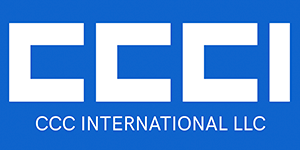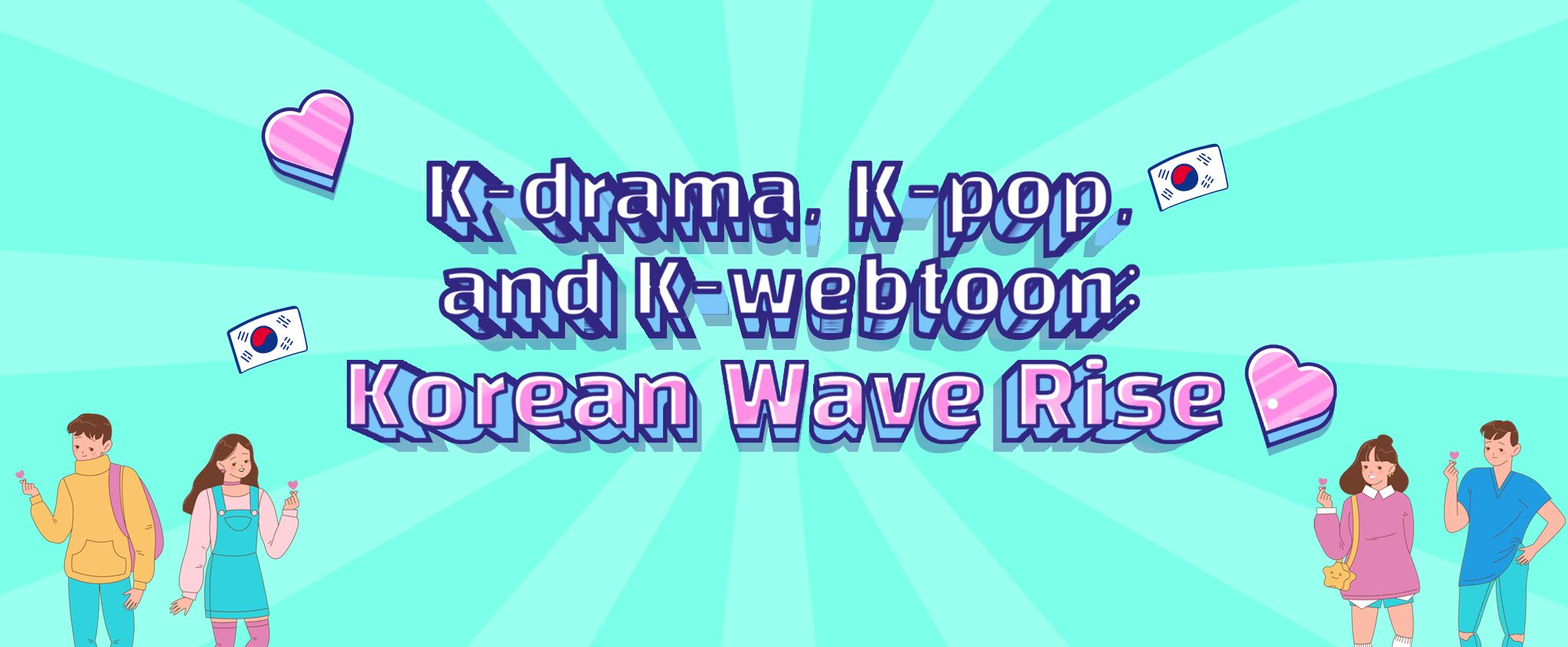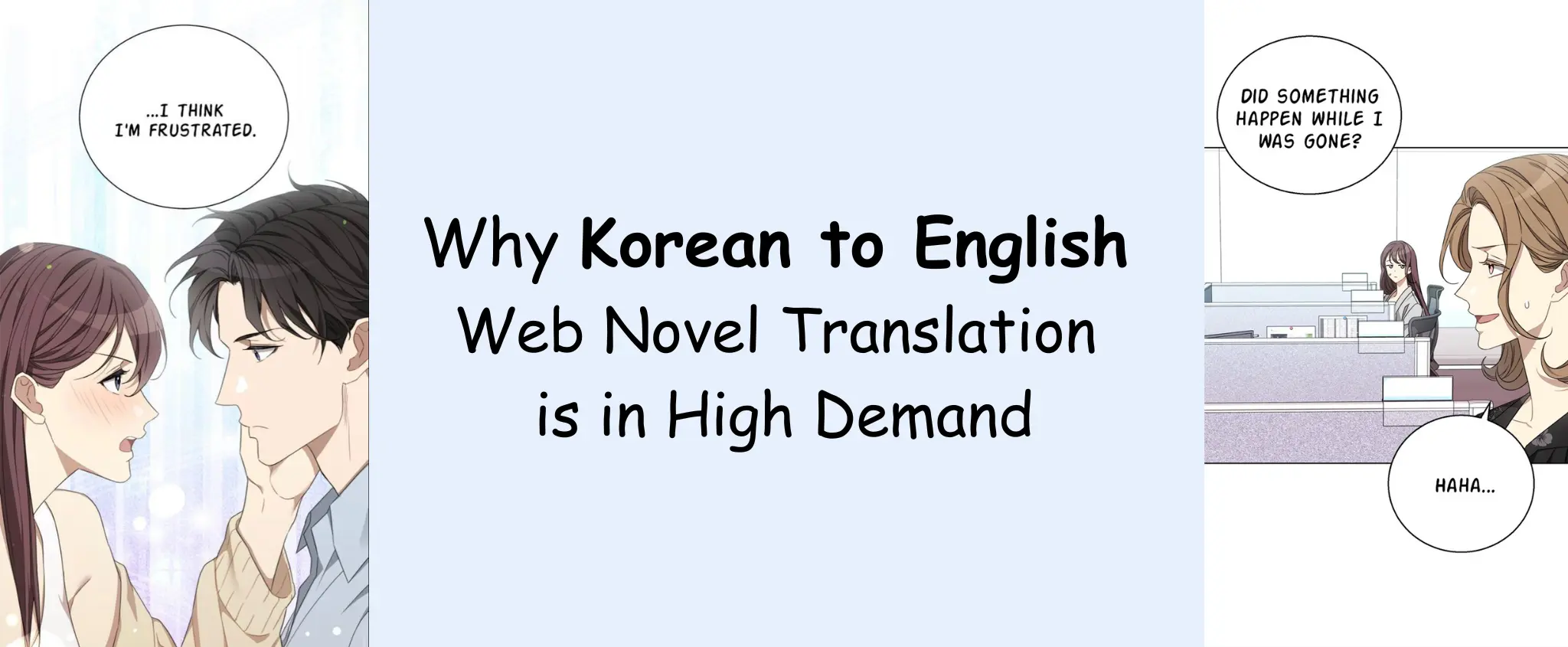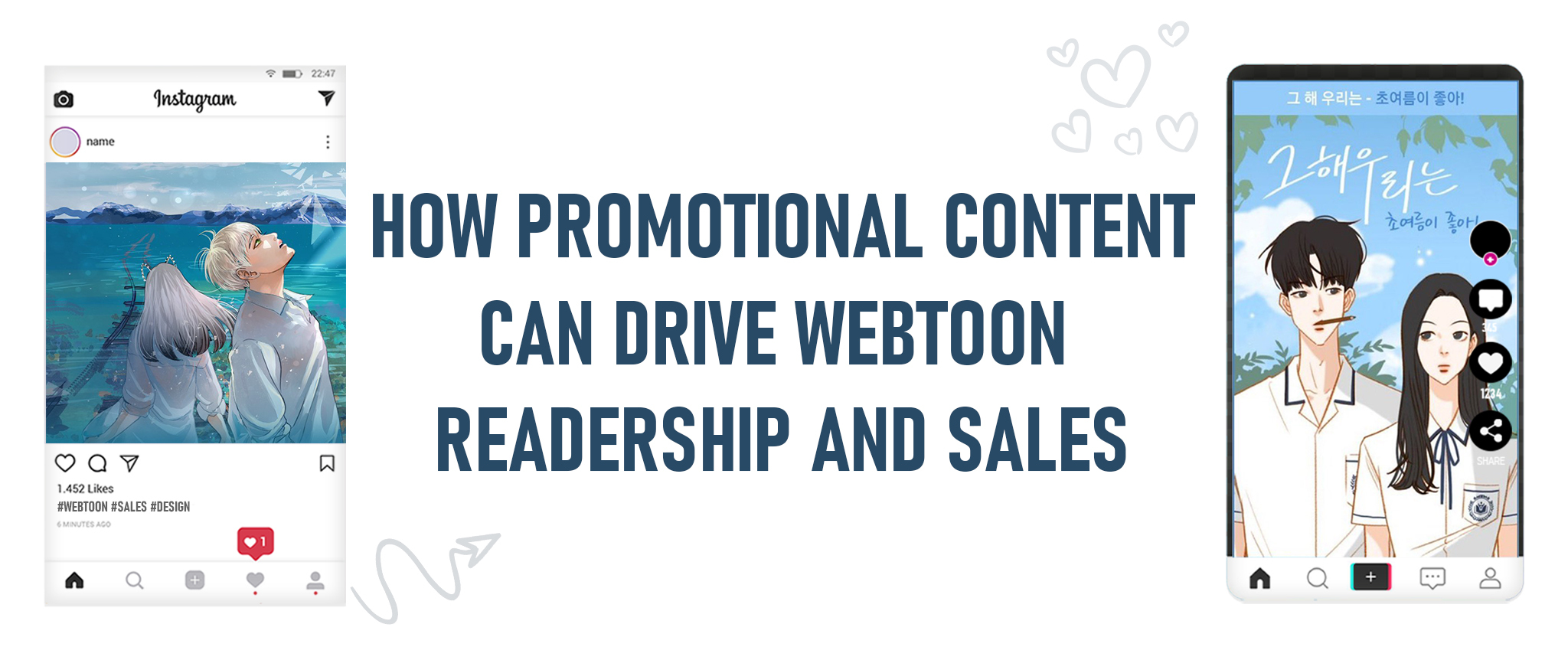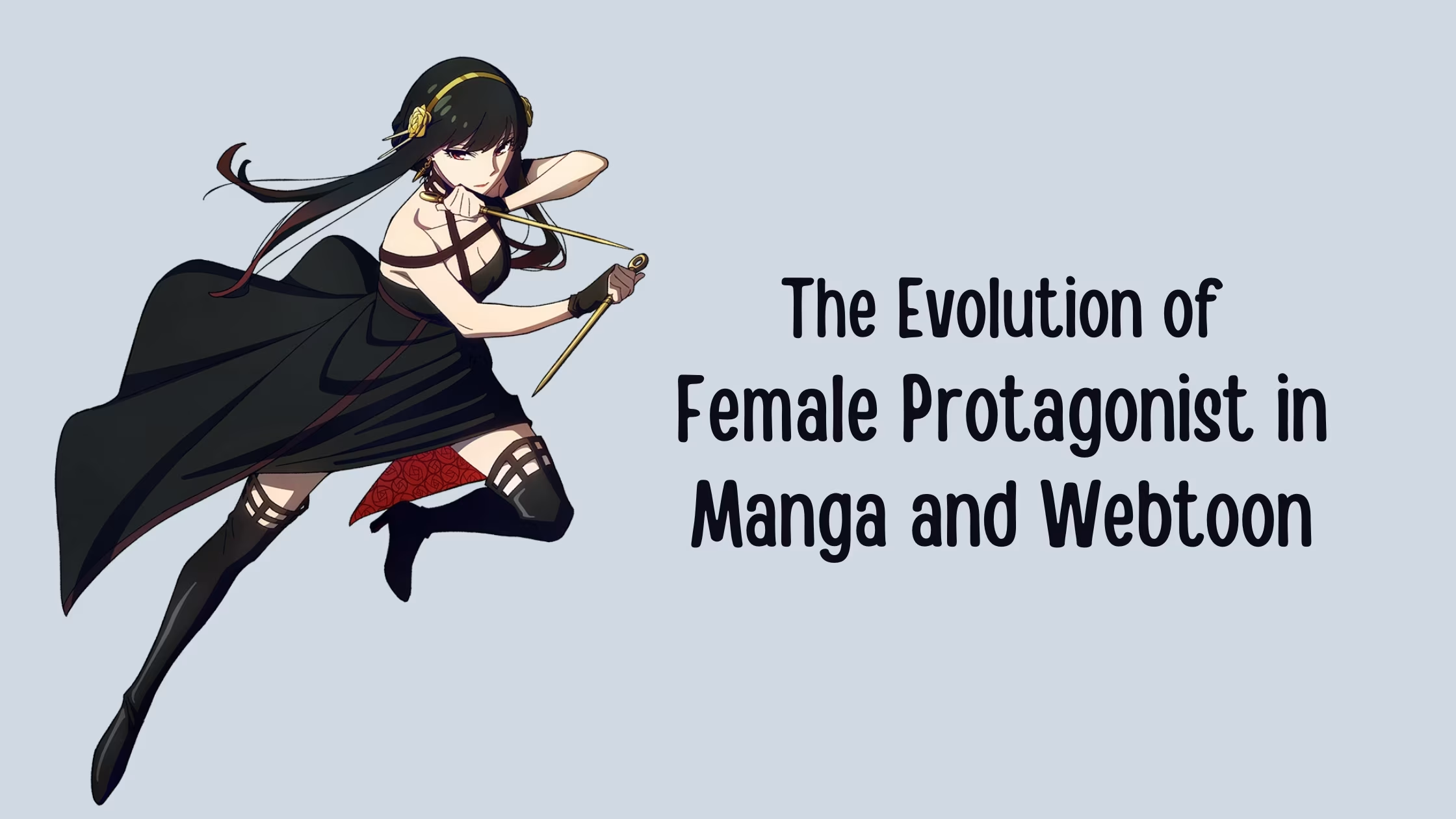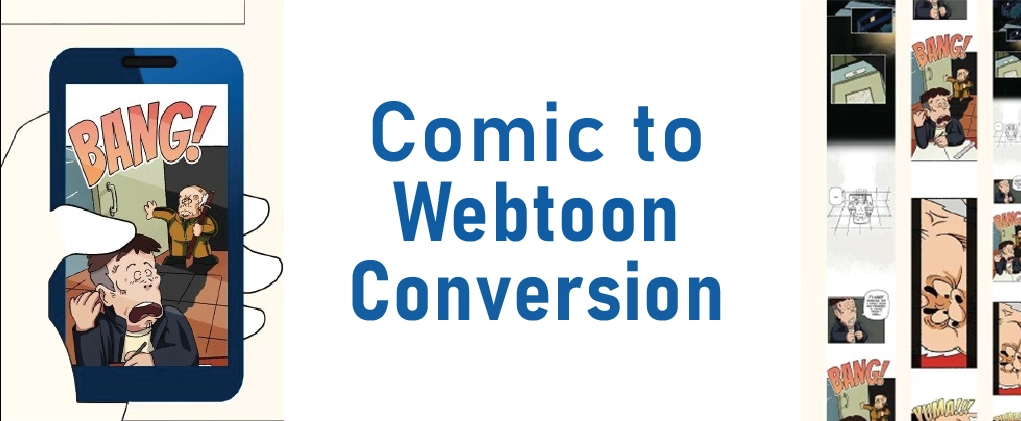K-drama, K-pop, and K-webtoon: Korean Wave Rise
When talking about K-pop, it’s impossible not to have heard about BTS or the Bangtan Boys, BLACKPINK, or TWICE. We have Crash Landing on You, Goblin, and Itaewon Class when it’s K-drama. And when we move to K-webtoon, we can’t forget about True Beauty or Tower of God. It’s safe to say that the Korean Wave, also known as Hallyu, has taken over the world by storm, with no signs of slowing down any time soon.
K-drama, K-pop, and K-webtoon are three of the most popular Korean cultural exports. Many K-pop artists are holding concerts internationally, and K-dramas are being aired in countries all over the globe. K-webtoons are also being translated into multiple languages, making them accessible to a wider audience. The globalization of K-culture is evident, and it’s only getting bigger. And we’re here to talk about it and how CCCI’s translation and typesetting services can help your company ride the wave!
Key takeaways
- Hallyu, or the Korean Wave, has been exponential, introducing Korean content to international audiences and breaking countless barriers.
- K-drama, K-pop, and K-webtoon are three of the most popular aspects of the Korean Wave.
- The globalization of K-culture is evident, with K-pop artists holding concerts internationally, K-dramas being aired in countries all over the globe, and K-webtoons being translated into multiple languages.
- CCCI is one of the leading K-webtoon translation and typesetting services providers, working on Korean to Indonesian webtoon translation, Korean to Thai webtoon translation, and more.
Table of contents:
- Globalization of K-culture
- The Phenomenal Growth of Korean Culture
- K-drama, K-pop, and K-webtoon
- CCCI – Professional Multilingual Webtoon Services
Globalization of K-culture
Hallyu, “Korean Wave,” when translated from Chinese, refers to the phenomenal growth of Korean culture. Let’s look at how K-dramas, K-pop, and K-webtoons have started to conquer the world.
K-drama
In 2008, businessman Seung Bak went to a Korean broadcaster’s outpost in Los Angeles with his business partner and asked to license Korean television dramas for online streaming. At that time, “streaming” wasn’t a word people used yet. And the idea of having American T.V. viewers watch South Korean dramas was, to put it mildly, a long shot. But Bak and his fellow Korean American entrepreneur Suk Park were already seeing the potential of Korean dramas in the U.S. and other English-speaking countries.
There were already fans illegally downloading pirated shows, risking malware, and putting up with pop-up ads. Some were already working on subtitles for the growing number of English speakers who wanted to consume Korean content. There was indeed a market, and removing the language barrier could only make it grow.
This began DramaFever, a streaming service for international audiences that licensed Korean dramas and other Asian content. Warner Bros. later acquired it in 2016.
K-pop
K-pop, or Korean pop music, is another area where the Korean Wave has had a significant impact. In 2012, Psy’s “Gangnam Style” became the first YouTube video to reach one billion views. The music video was so popular that it led to a surge in the number of people interested in Korean culture and propelled Psy to international stardom. Many K-pop artists groups also successfully reached international audiences, with BoA, Big Bang, 2NE1, and Wonder Girls all holding concerts and tours outside Korea.
K-webtoon
K-webtoon, or Korean webtoons, is a type of digital comic originating in South Korea. They are usually published in serialized form, typically weekly, and often come in the form of a vertical scroll.
Webtoons first gained popularity in Korea in the early 2000s and have since spread to other countries, with many popular titles being translated into English and other languages. Some popular K-webtoons include True Beauty, Tower of God, and The Cheese in the Trap.
Much like manga, K-webtoons also had a long journey to globalization. It was impossible to find English translations of most webtoons until scanlation groups started to appear. These groups would scan raw Korean webtoons and translate them into English, often releasing them for free on their websites or forums.
Note: Scanlation has been around since the 1970s, and the modern scanlation scene rose in the mid to late 90s! It has been a reliable way for international audiences to consume otherwise unavailable manga and webcomics. Still, not all outputs are of high quality.
To those who still don’t ride the Korean Wave, it’s only natural to wonder, “How do people enjoy the content they can’t understand?” It’s true! How can you appreciate a song when you don’t know the lyrics? How can you laugh at a joke that’s in another language? All these were significant barriers to entry for non-Korean audiences, but the exploding popularity of Korean culture has led to the development of many resources that help people enjoy it.
The Phenomenal Growth of Korean Culture
“Phenomenal” is probably the best word to describe the Korean Wave. The Korean culture has gone from being relatively unknown outside of East Asia to one of the world’s most popular and influential cultures! The success of Korean content could be attributed to several factors:
- High quality of the content
- The uniqueness of the stories
- The appeal of the stars
But one of the most important factors is that technology has made it easier for people to consume Korean content.
Social media platforms have played a massive role in the globalization of Korean culture. These platforms provided a way for Korean content creators to reach a global audience and for international fans to connect. They also allowed fans to show their support for their favorite stars and content in various ways.
The availability of K-content through various channels has also made it easier for people to watch. Fans used to have to wait months or even years for their favorite Korean dramas to be licensed and aired in their country. But now, they can simply watch them online. K-content having limitless potential also allowed creators to maximize their creativity.
K-drama, K-pop, and K-webtoon
K-pop artists and groups such as Stray Kids, NCT, and Aespa are taking over the airwaves and charts worldwide, following legendary K-pop groups who have come before them, such as EXO, Super Junior, and Girls’ Generation. In 2021, 18 countries were surveyed, and around 39% of respondents stated that the genre was “very popular” in their country. It is now one of the most famous music worldwide, with fans streaming billions of hours of K-pop music daily.
Squid Game shook the Korean drama industry when it racked up a record-breaking number of views, garnering praise for its unique story and strong female lead. It’s just one of the many successful K-dramas released internationally in recent years. When you log into Netflix or Hulu, you will likely find a Korean drama or two in your “Recommended for You” list. The rise of Korean drama is continuously bringing in new fans from all over the world.
Pro tip: Subtitles are your friend when watching Korean dramas! Professional translators ensure that subtitles are accurate and easy to understand, so your only task is to master the art of binge-watching.
About K-drama, K-webtoons have also reached a broader audience when many of them were adapted into dramas. The most successful one is True Beauty, which started as a webtoon in 2018 and was then adapted into a drama in 2020. There’s also What’s Wrong with Secretary Kim? adapted from a popular 2015 webtoon of the same name. K-webtoons revolving around positive and uplifting stories have become a top entertainment option for enthusiasts who enjoy learning more about Korean culture.
As webtoon creators and producers, you have a big chance of making it big in the global market, especially when the Korean Wave rise is still ongoing. Many international readers are addicted to Korean webtoons because of the binging factor – they can’t wait to find out what happens next in the story! And with CCCI’s translation and typesetting services, you can ride the big Korean wave.
CCCI – Professional Multilingual Webtoon Services
Korean to Indonesian webtoon translation? We have your back. What about Korean to Thai webtoon translation? We can do that, too. No matter what language you need your webtoon to translate, CCCI has the services and tools to make it happen!
CCCI has over ten years of experience in the Korean webtoon translation and Japanese manga industry. We are one of the fast-growing localization companies in the world, with headquarters in Asia, Europe, and the U.S. Our team of professionals produces quality translations in over 30 languages, strictly following efficient and effective translation processes. Our partnership with numerous clients has helped us become one of the most trusted typesetting and design service providers all over the globe!
We have been riding the Korean wave since day one, consuming all the Korean pop culture we can get our hands on. From K-drama to K-pop to K-webtoon, we love it all! And the most mentioned K-webtoons? We have read them, too. So it’s no surprise that we want to help you succeed in the global market.
We’re ready for your webtoon project. Hwaiting! Contact CCCI today.
